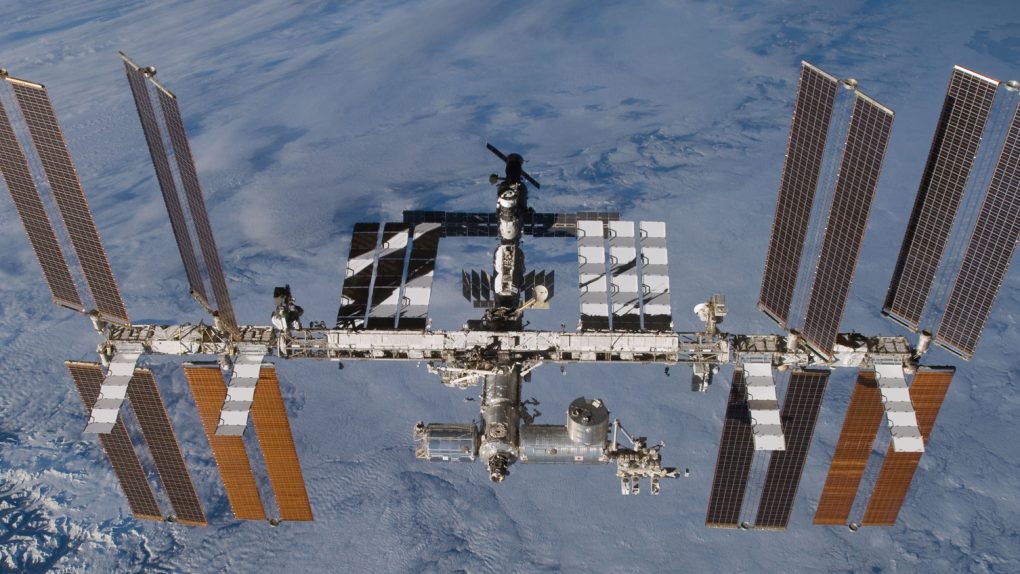NASA’s Commercial Crew Program didn’t work out exactly as the space agency had planned, but it has produced at least one suitable spacecraft for taking astronauts to and from the International Space Station. NASA has already flown missions to the ISS using SpaceX’s Crew Dragon, and another mission is already on the schedule, but if you thought that Crew Dragon’s success meant NASA wouldn’t have to secure seats aboard Russian spacecraft to get to the ISS, you were mistaken.
As NASA reveals in a news release, it will lean on Russian space agency Roscosmos for the privilege of using a seat on its Soyuz spacecraft to get an American astronaut into space. The Soyuz MS-18 mission will now include NASA’s Mark Vande Hei thanks to an agreement between NASA and Axiom Space, which secured the seat on the Soyuz vehicle for NASA.
NASA was really, really hoping that it would no longer need to use seats from Russia by this point in the Commercial Crew Program. By now, both the SpaceX Crew Dragon and Boeing’s Starliner should be taking NASA crews (and others) to and from the ISS whenever needed, but Boeing’s utter failure to get the Starliner project to the finish line and NASA’s desire to ensure a constant presence aboard the ISS means that NASA once again needs to use a seat on Russia’s rocket.
Talks between the two countries of sharing seats (that is, not buying seats but swapping back and forth for the sake of efficiency and timeliness) have risen in recent months. After NASA successfully flew the Crew Dragon in a real mission, it made sense to revisit an agreement the two countries once had to share seats aboard each others’ vehicles. The flight that Vande Hei will be taking is definitely not part of those talks.
NASA is essentially paying for the seat by offering Axiom Space a seat on one of its own commercial spacecraft. That trade won’t be complete until 2023, but it will take up a seat on a future mission to the ISS, so despite no money changing hands, NASA is definitely still “paying” for the seat on the Soyuz.
“NASA has been working with Boeing and SpaceX to provide safe and reliable crew transportation to and from the International Space Station,” NASA said as part of the release. “The recent success of NASA’s SpaceX Demo-2 mission and the launch, docking, and in-orbit operations of the Crew-1 mission have been significant milestones in providing reliable transportation to the space station on American commercial spacecraft launching from American soil. The upcoming SpaceX Crew-2 mission, as well as the second uncrewed flight test for Boeing’s Starliner, demonstrate continued progress.”








